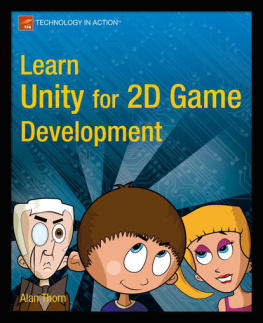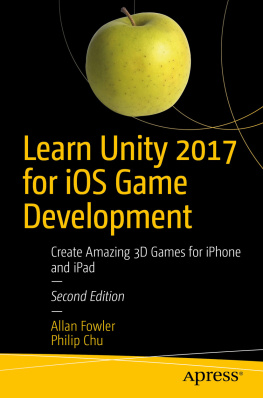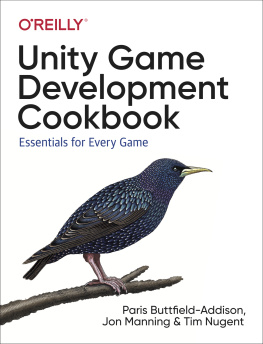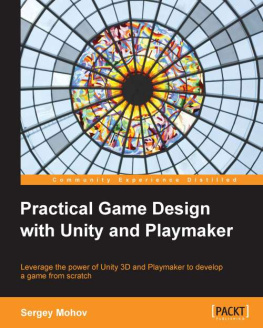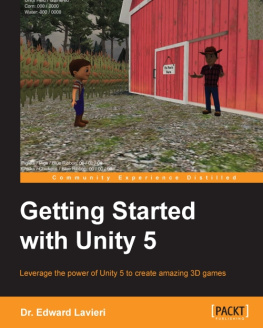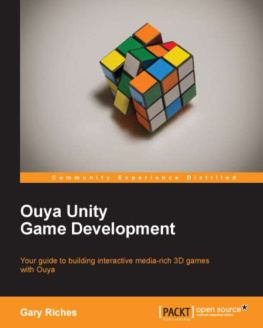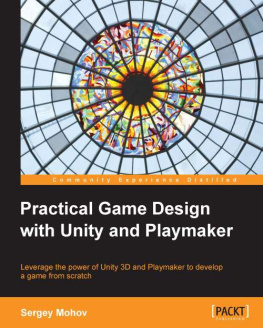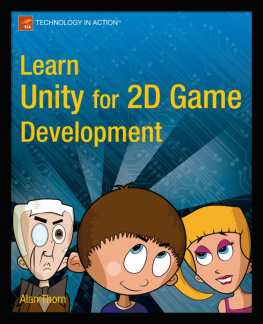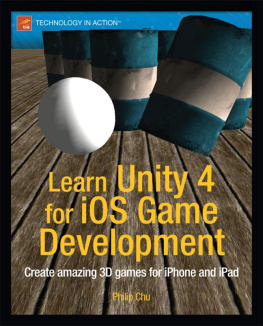About the Authors
Matt Smith is senior lecturer in computing at the Institute of Technology Blanchardstown, Dublin, Ireland (www.itb.ie). In 1980 (you do the math) Matt started computer programming (on a ZX80) and has been programming ever since. In 1985, Matt wrote the lyrics, and was a member of the band that played (and sang, sorry about that by the way) the music on the B-side of the audio cassette carrying the computer game Confuzion (wikipedia.org/wiki/Confuzion).
Matt holds a bachelor's degree in Business Computing (Huddersfield University, UK), and as that was a bit boring, he went on to get a masters in Artificial Intelligence (Aberdeen University, Scotland), and a PhD in Computational Musicology (Open University, UK). Having run out of money after 10 years as a full-time student, he began his career as a lecturer and academic. He has been lecturing and researching on programming, artificial intelligence, web development, and interactive multimedia for almost 20 years, holding full-time positions at Winchester University and London's Middlesex University, before moving to his present post in Ireland in 2002. In recent years, Matt has replaced Flash-based 2D multimedia with Unity-based 3D game development and interactive virtual environments subjects for his computing and digital media undergraduates.
To keep himself fit, Matt took up the Korean martial art of Taekwon-Do (he developed and runs his club's website at www.maynoothtkd.com), and a group of his BSc students are now developing a Unity-based Taekwon-Do interactive "tutor" with Microsoft Kinect cameras. Some of his previous Irish-French student team games can be found and played at www.saintgermes.com (thanks for continuing to host these, Guillem!). Matt was one of the two technical experts for a recent multimedia European project for language and cultural student work mobility (vocalproject.eu).
Matt is currently struggling to learn Korean (for his Taekwon-Do), and Irish (since his daughter Charlotte attends an Irish-speaking school and he doesn't believe her translations of her teacher's report cards ...). In 2012, he started taking classical piano lessons again (after a 20-year gap), with a view to sitting exams starting May, 2013.
Matt's previous authoring includes contributions to Serious Games and Edutainment Applications , Springer (2011), Musical Imagery , Routledge (2001). He was also lead editor for Music Education: An Artificial Intelligence Approach , Springer (1994), and a technical reviewer for Internet and World Wide Web: How to Program (3rd Edition) by Deitel, Deitel & Goldberg , Prentice Hall (2003).
Thanks to my family for all their support. Thanks also to my students, who continue to challenge and surprise me with their enthusiasm for multimedia and game development.
I would like to dedicate this book to my wife Sinead and children Charlotte and Luke.
Chico Queiroz is a multimedia designer from Rio de Janeiro, Brazil. Chico initiated his career back in 2000, soon after graduating in Communications/Advertising (PUC-Rio), working with advergames and webgames using Flash and Director at LocZ Multimedia. Here he contributed to the design and development of games for clients, such as Volkswagen and Parmalat, along with some independent titles.
Chico has a Master's Degree in Digital Game Design (University for the Creative Arts, UK). His final project was exhibited at events and festivals, such as London Serious Games Showcase and FILE. Chico has also published articles for academic conferences and websites, such as gameology.org, gamasutra.com, and gamecareerguide.com.
He curated and organized an exhibition, held at SBGames 2009, which explored connections between video games and art. SBGames is the annual symposium of the Special Commission of Games and Digital Entertainment of the Computing Brazilian Society.
Chico currently works as a Digital Designer at the Computer Graphics Technology Group (TecGraf), within the Pontifical Catholic University of Rio de Janeiro (PUC-Rio), where he, among other responsibilities, uses Unity to develop interactive presentations and concept prototypes for interactive visualization software. He also works as a lecturer at PUC-Rio, teaching undergraduate Design students 3D modeling and Technology/CG for Games, in which Unity is used as the engine for the students' projects.
I would like to thank my friends, family, co-workers, and all who have made this book possible and have helped me along the way. Special thanks to Stefano Corazza, Anas Gragueb, and Oliver Barraza for their fantastic work at Mixamo; Eduardo Thadeu Corseuil, my manager at TecGraf, for giving me the opportunity of using Unity in our interactive projects. Peter Dam and Peter Hohl from TecGraf, and Paul Bourke from the University of Western Australia, for their help and advice on stereo 3D visualization; Aldo Naletto for sharing his knowledge on sound engineering; my students and colleagues at PUC-Rio Art and Design department.
I would like to dedicate this book to my wife Ana and my daughters Alice and Olivia. Thank you for all your love and support.




